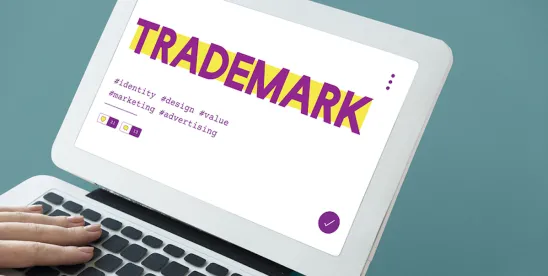Addressing the issue of trademark infringement based on the purchase of search advertising keywords, the US Court of Appeals for the Second Circuit joined the consensus view and upheld a district court decision finding that the mere purchase of a search advertising keyword containing another’s trademark does not by itself constitute trademark infringement. 1-800 Contacts, Inc. v. JAND, Inc., Case No. 22-1634 (2d Cir. Oct. 8, 2024) (Chin, Carney, Lee, JJ.)
1-800 Contacts is an established online retailer for contact lenses. JAND (doing business as Warby Parker) was originally an online retailer for eyeglasses and began selling contact lenses online as well in 2019. As a newcomer to the market of online contact lenses, Warby Parker purchased search advertising keywords that included 1-800 Contacts’ trademarks. This practice is known as search keyword advertising, and it is a type of marketing that allows parties to purchase certain terms from search engines that, when used as a search query, result in the paying party’s advertisements appearing above the organic search results as part of the “paid results.”
1-800 Contacts sued Warby Parker for engaging in this practice, alleging that the purchase and use of 1-800 Contacts’ trademarks constituted trademark infringement and unfair competition under federal and New York state law. The district court disagreed, granting Warby Parker’s motion for judgment on the pleadings and finding that 1-800 Contacts’ trademarks and the “Warby Parker” trademark were entirely dissimilar. 1-800 Contacts appealed.
1-800 Contacts argued that Warby Parker purchased search engine keyworks consisting of 1-800 Contacts’ trademarks to use them in connection with an adverting campaign designed to mislead consumers. 1-800 Contacts alleged that the purchase of these keywords resulted in consumer confusion because users searching for “1-800 contacts” would receive Warby Parker’s “ambiguous ads that generate source, sponsorship or initial interest confusion.” 1-800 Contacts further alleged that the webpage that was linked to Warby Parker’s advertisements “magnified this confusion” because it mimicked the look and feel of 1-800 Contacts’ website.
The Second Circuit noted that two types of consumer confusion were at issue in the case: sponsorship confusion, which occurs when consumers believe “the mark’s owner sponsored or otherwise approved the use of the trademark,” and initial-interest confusion. To sufficiently plead internet-related initial-interest confusion, “a showing of intentional deception [is necessary] . . . because consumers diverted on the Internet can more readily get back on track that those in actual space.”
The Second Circuit reviewed the eight-factor Polaroid test to assess whether 1-800 Contacts sufficiently pled a likelihood of confusion. The Court agreed with the district court that certain factors, including the strength of the mark, the competitive proximity of the products, the relative quality of the products, and good faith, favored 1-800 Contacts. However, other factors, including, most importantly, the similarity of the marks, favored Warby Parker: “Here, the pleadings failed to plausibly allege that Warby Parker used 1-800’s Marks anywhere during the search advertising process outside of its purchase at the initial, permissible keyword auction. . . . Thus, the dissimilarity of the marks factor is dispositive in this case.”
1-800 Contacts argued that the paid advertisements featured the terms that users typed into the search address bar, not the “Warby Parker” mark, and that therefore those terms should be compared for confusion purposes. The Second Circuit disagreed, stating that the purchase of keywords and consumers’ typing those words into a search engine does not violate the Lanham Act and is not the relevant comparison for the similarity-of-the-marks factor. “[I]n the search advertising context, the similarity-of-the-marks factor should be assessed as it relates to the paid advertisement’s appearance on the result page.” Since 1-800 Contacts did not allege that Warby Parker used 1-800 Contacts’ trademarks in the actual advertisement or on the result page, the trademarks at issue were “substantially different.”
The Second Circuit did not fully consider 1-800 Contacts’ claim that Warby Parker copied the “look and feel” of its website, as 1-800 Contacts did not bring a trade dress claim. Accordingly, the Second Circuit affirmed the district court’s grant of judgment on the pleadings and dismissal of the complaint.
Practice Note: This decision is clear on the keyword advertising issue: “We conclude that 1-800 has failed to sufficiently plead that Warby Parker’s advertising plan was likely to confuse consumers at any point in the sales process because 1-800 does not claim that Warby Parker actually used the former’s Marks other than by buying them as keywords in the search engine auctions, and such use alone does not create a likelihood of consumer confusion.”




 />i
/>i

